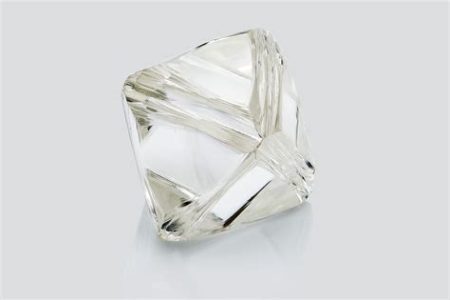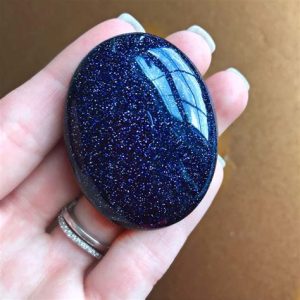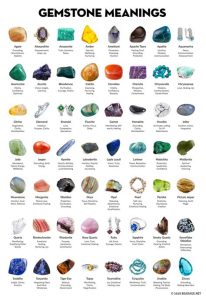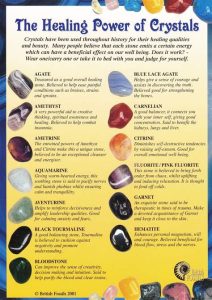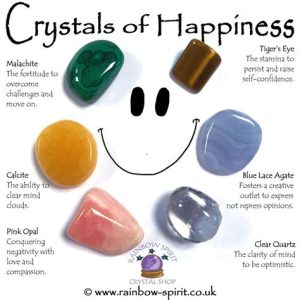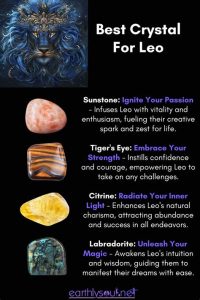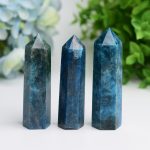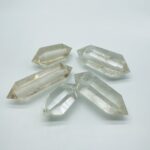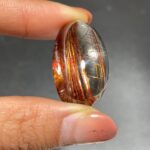Lapis stones, also known as lazuli, are semi-precious gemstones that have been prized for their deep blue color and unique properties for centuries.

History and Origin
Lapis stones have been mined in Afghanistan for over 6,000 years. The ancient Egyptians used lapis for jewelry, amulets, and sculptures. It was also used in ancient Mesopotamia and China.
Properties and Characteristics
Lapis stones are composed of a mixture of minerals, including lazurite, calcite, and pyrite. They have a Mohs hardness of 5-6, making them relatively soft and easy to carve.
Color and Clarity
The most valuable lapis stones have a deep, uniform blue color. The presence of white calcite veins or pyrite inclusions can reduce the value.
Value and Pricing
Lapis stones are priced based on their size, color, clarity, and cut. The largest and most flawless stones are the most valuable.
Comparison to Other Gemstones
| Gemstone | Color | Hardness | Transparency | Value |
|---|---|---|---|---|
| Lapis | Blue | 5-6 | Opaque | Moderate |
| Sapphire | Blue | 9 | Transparent | High |
| Turquoise | Blue-green | 5-6 | Opaque | Moderate |
| Sodalite | Blue | 5-6 | Translucent | Low |
Applications
Lapis stones are used in a variety of applications, including:
- Jewelry
- Carvings
- Inlays
- Paints
- Powders
Lapis Stones vs. Other Blue Gemstones
Lapis stones are often compared to other blue gemstones, such as sapphire and turquoise. While all three gemstones have a blue color, they have distinct properties and values.
- Hardness: Lapis stones are softer than sapphire but harder than turquoise.
- Transparency: Lapis stones are opaque, while sapphire can be transparent or translucent.
- Color: Lapis stones have a more intense blue color than turquoise, but sapphire can have a wider range of blue hues.
- Value: Lapis stones are generally less valuable than sapphire, but more valuable than turquoise.
Lapis Stones in Modern Jewelry
Lapis stones have become increasingly popular in modern jewelry. They are often used in statement pieces, such as pendants, earrings, and rings.
Lapis Stones in Ancient Cultures
Lapis stones were highly valued by ancient cultures. They were used in jewelry, amulets, and sculptures. The ancient Egyptians believed that lapis stones had magical properties and could protect the wearer from evil.
Lapis Stones in the 21st Century
Lapis stones remain popular in the 21st century. They are used in a variety of applications, including jewelry, carvings, and home décor.
Future Trends
Lapis stones are expected to remain popular in the future. They are likely to be used in new and innovative applications, such as:
- Advanced sensor technologies
- Medical imaging devices
- High-performance coatings
Conclusion
Lapis stones are a beautiful and versatile gemstone that has been valued for centuries. They are used in a variety of applications and are expected to remain popular in the future.
Common Mistakes to Avoid
When working with lapis stones, it is important to avoid the following common mistakes:
- Overheating: Lapis stones can easily crack or discolor if they are overheated.
- Using harsh chemicals: Lapis stones can be damaged by harsh chemicals, such as bleach.
- Storing in direct sunlight: Lapis stones can fade if they are exposed to direct sunlight.
Highlights
- Lapis stones have been prized for their deep blue color and unique properties for centuries.
- They are composed of a mixture of minerals, including lazurite, calcite, and pyrite.
- The most valuable lapis stones have a deep, uniform blue color and are free of inclusions.
- Lapis stones are used in a variety of applications, including jewelry, carvings, and paints.
- They are often compared to other blue gemstones, such as sapphire and turquoise.
How to Stand Out
To stand out with lapis stones, consider the following:
- Use unique cuts and shapes. Lapis stones can be cut into a variety of shapes and sizes. Use unique cuts to create one-of-a-kind pieces.
- Pair lapis stones with other gemstones. Lapis stones can be paired with other gemstones, such as diamonds, to create stunning and eye-catching pieces.
- Use lapis stones in innovative applications. Lapis stones can be used in a variety of innovative applications, such as sensor technologies and medical imaging devices.
Current Status and What We Can Do
The global market for lapis stones is currently valued at over $1 billion. The demand for lapis stones is expected to grow in the coming years, driven by the increasing popularity of blue gemstones and the growing demand for lapis stones from emerging markets.
Future Trending and How to Improve
The future of the lapis stones industry is promising. Lapis stones are expected to remain popular in the coming years. However, there are a few things that the industry can do to improve:
- Increase awareness of lapis stones: The lapis stones industry needs to do more to increase awareness of lapis stones and their unique properties.
- Develop new and innovative applications: The lapis stones industry needs to develop new and innovative applications for lapis stones.
- Invest in research and development: The lapis stones industry needs to invest in research and development to improve the quality and production of lapis stones.
Table 1: Lapis Stones vs. Other Blue Gemstones
| Gemstone | Color | Hardness | Transparency | Value |
|---|---|---|---|---|
| Lapis | Blue | 5-6 | Opaque | Moderate |
| Sapphire | Blue | 9 | Transparent | High |
| Turquoise | Blue-green | 5-6 | Opaque | Moderate |
| Sodalite | Blue | 5-6 | Translucent | Low |
Table 2: Lapis Stones Applications
| Application | Description |
|---|---|
| Jewelry | Lapis stones are used in a variety of jewelry applications, including pendants, earrings, and rings. |
| Carvings | Lapis stones are often carved into intricate designs. |
| Inlays | Lapis stones are used as inlays in furniture and other decorative objects. |
| Paints | Lapis stones are ground into a powder and used to make paint. |
| Powders | Lapis stones are ground into a powder and used in a variety of applications, including cosmetics and pharmaceuticals. |
Table 3: Common Mistakes to Avoid When Working with Lapis Stones
| Mistake | Description |
|---|---|
| Overheating | Lapis stones can easily crack or discolor if they are overheated. |
| Using harsh chemicals | Lapis stones can be damaged by harsh chemicals, such as bleach. |
| Storing in direct sunlight | Lapis stones can fade if they are exposed to direct sunlight. |
Table 4: Future Trending and How to Improve
| Trend | Description | How to Improve |
|---|---|---|
| Increasing awareness of lapis stones | The lapis stones industry needs to do more to increase awareness of lapis stones and their unique properties. | Develop marketing campaigns to educate consumers about lapis stones. |
| Developing new and innovative applications | The lapis stones industry needs to develop new and innovative applications for lapis stones. | Invest in research and development to explore new applications for lapis stones. |
| Investing in research and development | The lapis stones industry needs to invest in research and development to improve the quality and production of lapis stones. | Fund research projects to develop new mining techniques and improve the quality of lapis stones. |

